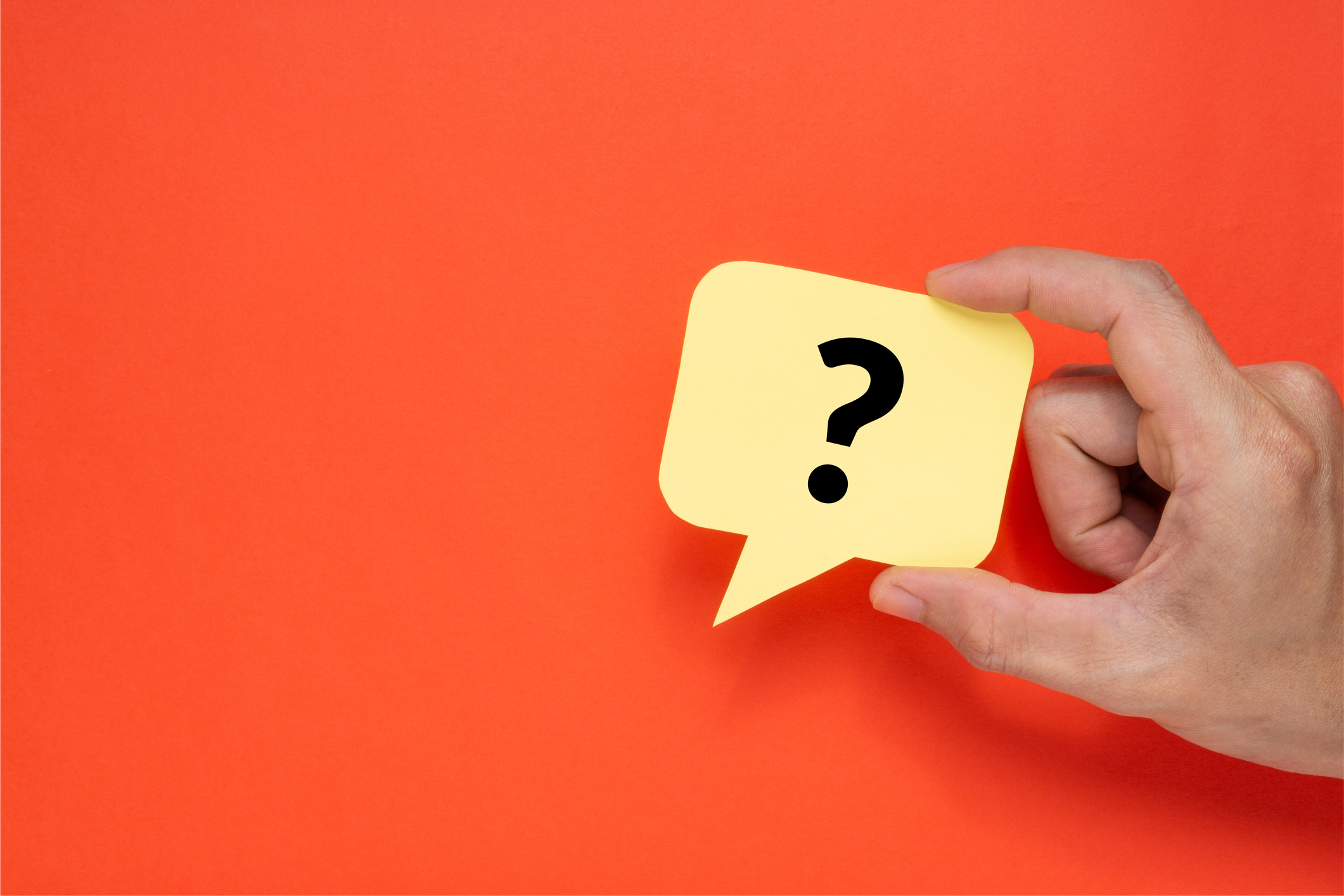
Inquiry-based activities: necessary for social studies standards, but also a teacher favorite! Try to challenge your students in the classroom with a primary source mystery. The following activity will build the foundation for primary source analysis throughout the year and help your students learn more about you, their teacher.
Students commonly misunderstand the nuanced nature of primary source documents, images, and artifacts. They want a group of primary sources to fit together perfectly, like a jigsaw puzzle, to tell a single, “true” account. Students want primary sources to be true or false, right or wrong, but historical research is never that easy. Or they completely discount the information provided by a source because it is judged too “biased.” If the complete picture doesn’t emerge quickly, students become frustrated without considering what additional information is needed, what type of source might provide that information, and where those sources could be found.
Classroom Activity
Set the scene for the primary source mystery with the following scenario:
- Imagine you are teams of historians living in the year 2400.
- Someone just dumped a box of old stuff from their attic in your office.
- Your job is to discover as much as you can about this person or people based on sets of historical primary sources.
Next, distribute a packet of primary source materials to each team of students/historians. These packets will be assembled by you in advance and each one will contain various “primary sources” from the life of an early twenty-first century teacher. Who is the teacher? YOU!
Each packet of sources will contain a variety of documents, images, and artifacts that give insight into some aspect of your life. I recommend including in a few random items from your life to make the activity challenging. Examples might include keys, letters with old postage information, copies of diplomas, or anything related to hobbies! You will need to create six to ten packages depending upon the size of your classroom.
After the student teams have analyzed their first packet, encourage them to “visit another archive” by exchanging their items with the primary source packet of another team. As students examine the sources, ask them to complete a note-taking guide with key information (see link below for additional guidance). Students will want to take the modern approach by “googling” for more information, but do not allow students to use their smart devices for this activity. At a later date, you may want to teach media literacy and internet safety skills by asking students to conduct searches on themselves.
After teams have analyzed the packets, ask each team to construct a timeline of the mystery person’s life starting with a birth year, using evidence from the sources.
Next, in a whole-class discussion, compare and contrast each group timeline. Ask students to consider why they may have conflicting or missing information. For every fact or key event recorded, ask students to reference the specific source from which this information was gathered.

Foster Inquiry with Questions
Finally, follow up with the following questions.
- What things are still unknown about the mystery person? Where might this information be obtained? What type of primary source would provide this information?
- Are primary sources true or false or does it depend on how they are interpreted by the historian?
- How can a historian still use a “biased” primary source? Do historian biases impact how primary sources are interpreted?
- What could be discovered about the person by studying a wider history of the time period?
- What different types of sources were included in the packets? Explain how different categories of sources such as public government records, private correspondence, or photographs contribute different types of information.
To conclude the lesson, remind students that the work of historians is never as easy – the jigsaw puzzle of a person’s life or historical event is likely to have many missing pieces. Consider extending this lesson by asking students to assemble their own primary source packets. As students exchange and analyze the documentation of their own lives, they continue to hone their primary source analysis skills while getting to know each other.
For more details on how to construct your own primary source mystery activity and an example of a note-taking guide, visit https://teachingwiththemes.com/index.php/projects/primary-source-mystery-activity/
Active Classroom has hundreds of primary source activities
Try a free 30-day trial today
Cynthia W. Resor is a recently retired social studies education professor and former middle and high school social studies teacher. Her dream job? Time-travel tour guide. But until she discovers the secret of time travel, she writes about the past in her blog, Primary Source Bazaar. Her three books on teaching social history themes feature essential questions and primary sources: Discovering Quacks, Utopias, and Cemeteries: Modern Lessons from Historical Themes; Investigating Family, Food, and Housing Themes in Social Studies and Exploring Vacation and Etiquette Themes in Social Studies.